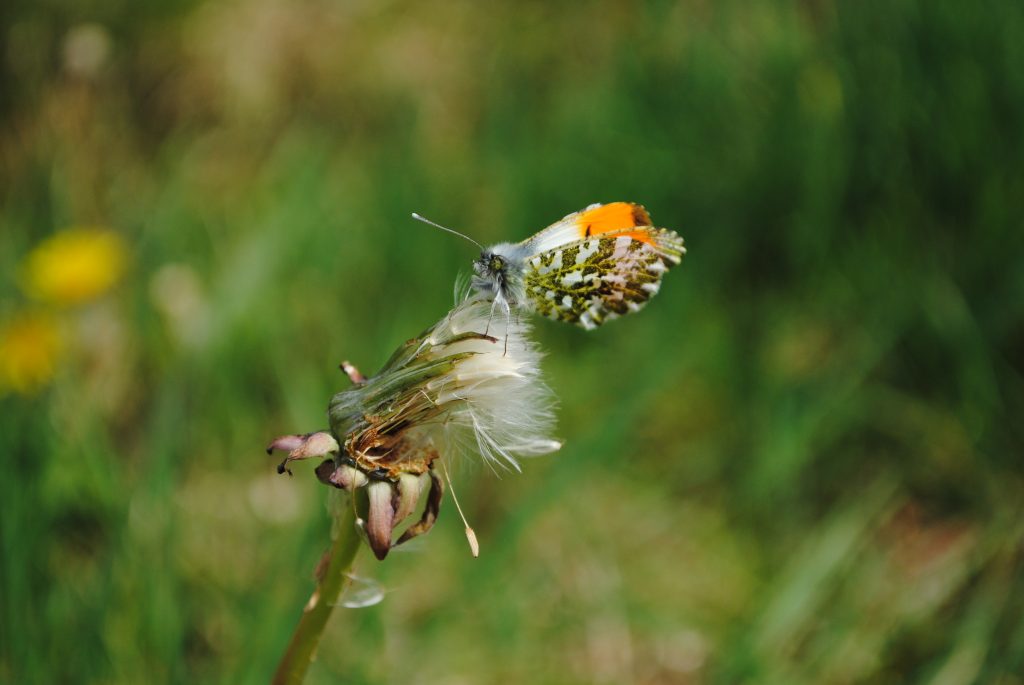Brownfield Sites
Brownfield Sites
Dereliction and Biodiversity
Within ecology, the recognition of brownfield sites (derelict land) as possible refugia for biodiversity has inspired a lot of discussion and research into these ‘waste grounds’.
I have mentioned before that old abandoned quarries can be hotspots for wildlife which you will not find elsewhere. The process of human abandonment on disused land means that contemporary management is absent such as consistent mowing, strimming and the application of herbicides. Unsurprisingly, wildlife cherishes this. There are several places like this in Newry and towns and cities can actually be very rewarding when recording wildlife, often surpassing the countryside, which may seem ironic, until you realise how we treat our countryside.
Brownfield sites, or open habitat mosaics have been rewarding for me in finding some not-so-common species and here is a list of places with some interesting flora and fauna. Of course, there are many others that I haven’t explored, but I encourage you to do so.
- Keggal Quarry – as discussed before, this site is an ASSI for geology, and I believe it should be one for biodiversity too. I have found the priority bee species Hylaeus brevicornis and the scarce western bee-fly (Bombylius canescens) too. A whole suit of solitary bees and their parasites are found here, plus other endearing species such as orchids, Volucella bombylans, Cryptic wood whites and I have spotted common lizards here too.
- Bessbrook – a small patch of mostly rubble near the village of Bessbrook along the Bessbrook River is a great example of how something unassuming can be the epicentre of biodiversity. I have recorded 8 species of bumblebee here, 7 species of solitary bee, 3 species of nomad bee and 16 species of hoverfly. It’s an important local site for common blue butterflies, peacocks, orange-tips and holly blues. Plant life isn’t super diverse since it has very little soil, but common dry grassland species are popping up such as common centaury and oxeye daisy.
- Albert Basin – a very ugly bank in Newry’s Albert Basin is surprisingly decent for insects and flowers. Despite the litter and fires, common blue butterflies, bee-grabbers and bumblebees feed on the ruderal ‘weeds’ that gardeners hate. There is even a species of broom rape, unidentified but possibly ivy broomrape (Orobanche hederae), a scarce parasitic plant.
These are only a few examples and there are invariably others. It is important that these sites are protected since they are often the last place that can support our declining wildlife.
